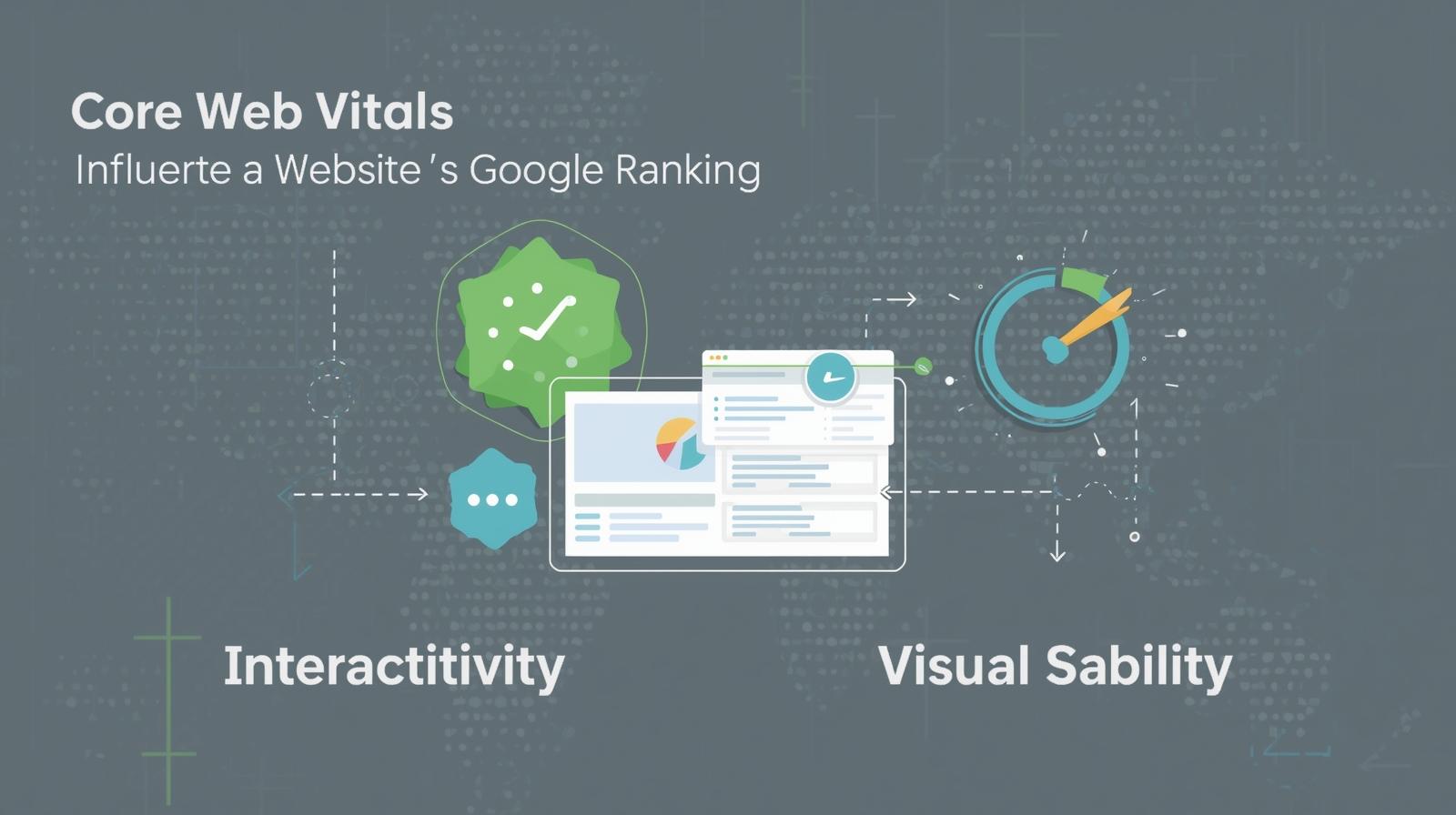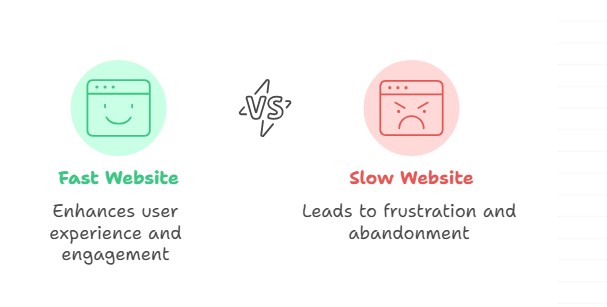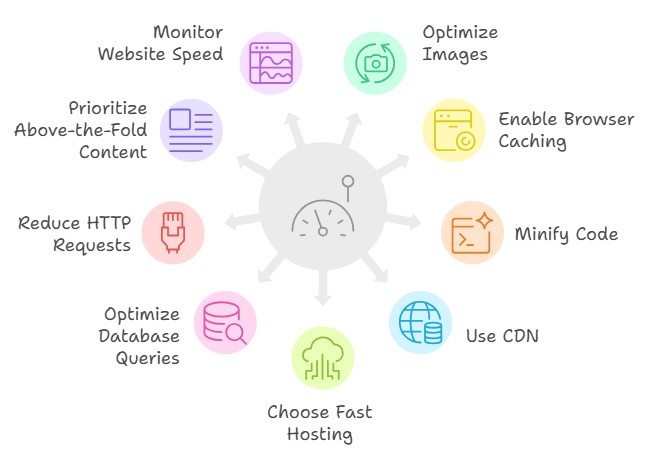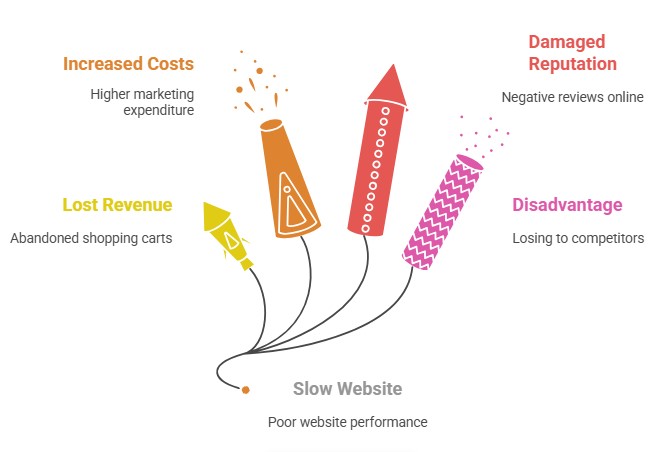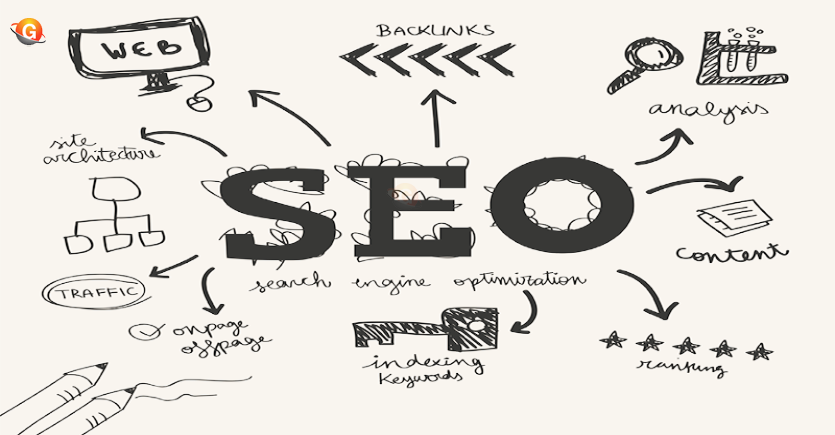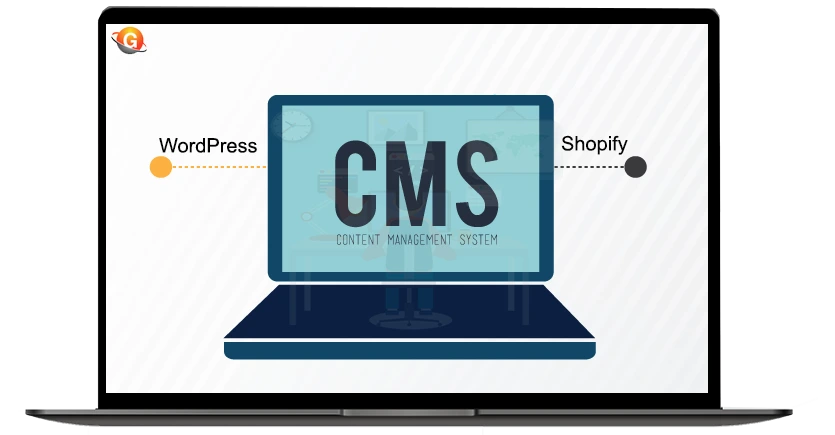In today’s fast-paced digital landscape, prioritizing mobile-first design is no longer just a trend—it’s a necessity. As we step into 2026, businesses must understand the significant role mobile devices play in user experience and their overall online strategy. In this blog post, we’ll delve into the essentials of mobile-first design, the principles behind it, and why it should be at the forefront of your web development efforts.

What is Responsive Web Design?
Responsive web design is an approach that ensures your website looks and functions well across various devices and screen sizes. This fluidity involves flexible grid layouts, adaptable images, and CSS media queries that adjust layout and style depending on the device used. With a staggering increase in mobile usage, neglecting responsive design can lead to a subpar user experience, ultimately affecting user retention and conversion rates.
Why is Mobile-First Design Critical?
1. User Behavior Evolution
With each passing year, we witness a dramatic shift in user behavior. More than half of all internet traffic now comes from mobile devices. Users expect a seamless experience regardless of whether they access content from a smartphone, tablet, or desktop. A mobile-first approach ensures that websites cater primarily to mobile users, leading to enhanced engagement and satisfaction.
2. Business Impact Considerations
Mobile-first design not only caters to users but also provides compelling business advantages. Brands that prioritize mobile engagement see improved customer loyalty, higher conversion rates, and ultimately increased revenue. Failure to adapt to mobile-first strategies risks alienating a vast segment of potential customers.
3. Technical Performance Benefits
A mobile-first strategy allows for better optimization of technical performance. Websites designed with mobile users in mind are usually faster and more efficient, reducing loading times and server load. A streamlined mobile experience can also lead to lower bounce rates and improved user satisfaction.
Key Mobile-First Design Principles
To effectively harness the power of mobile-first design, expert development teams need to adhere to certain principles:
1. Content Prioritization
When designing for mobile, prioritizing content is vital. Determine what information is most crucial for your audience and present it in a clear, concise manner. Content should be easy to skim through while still providing value, ensuring users can quickly find what they need.
2. Touch-Friendly Interface Design
Given that mobile interactions are entirely dependent on touch, it’s essential to create interfaces that are easy to navigate with fingers. Key elements such as buttons, links, and forms should be strategically placed and sized for optimal use on smaller screens.
3. Progressive Enhancement Strategy
A progressive enhancement strategy suggests designing for the least capable devices first and then enhancing the experience for more advanced devices. This ensures that all users have access to the basic functionality of your website, but more advanced features can be offered to users with better technology.
Key Features of Mobile-First Design
Implementing a successful mobile-first design approach includes several key features:
1. Fluid Grid Systems
Fluid grid systems allow for a flexible layout that adapts smoothly to various screen sizes. Using relative units like percentages instead of fixed units ensures that design elements resize properly across different devices.
2. Optimized Media Handling
Images and videos play a significant role in web design. It’s crucial to optimize media for mobile use by utilizing responsive images that adjust to various screen resolutions and load times. This practice not only enhances user experience but also contributes positively to load speed and performance.
3. Simplified Navigation Patterns
Navigational menus should be straightforward to use. Hamburger menus, tabbed navigation, and thumb-friendly design can help ensure users can navigate your site effortlessly, even on smaller screens.
Steps to Create a Mobile-First Design
1. Research and Planning Phase
Start by researching your target audience’s behavior and preferences. Understanding their needs will guide your design and content prioritization decisions.
2. Design and Prototyping Process
Utilize design tools to create prototypes of your mobile-first layout. Gather feedback early in the process to ensure that it meets user expectations.
3. Development and Testing Implementation
Once your designs are finalized, engage expert development teams to implement them efficiently. Conduct thorough testing on various devices to identify and rectify issues before going live.
4. Performance Optimization Techniques
Post-launch, focus on optimizing performance through strategies such as caching, image compression, and removing unnecessary plugins. Keeping your site fast and responsive is crucial for maintaining user engagement.
Advantages of a Responsive Approach
A mobile-first design approach comes with numerous benefits, including:
– Enhanced SEO Performance: Google prioritizes mobile-friendly sites in search rankings, so an optimized mobile experience can improve your visibility.
– Reduced Development and Maintenance Costs: By designing with mobile in mind from the start, you can decrease the complexities of creating separate versions for desktop and mobile.
– Future-Proof Scalability: As technology continues to evolve, adopting a responsive approach ensures that your website can adapt and grow without the need for a complete overhaul.
Common Challenges and Solutions
Despite its numerous advantages, adopting a mobile-first design strategy can present challenges:
1. Performance vs. Feature Balance
Striking the right balance between essential features and performance can be tough. Prioritize functionalities that enhance user experience without compromising speed.
2. Cross-Browser Compatibility
Ensuring that your design functions well across different browsers is key. Extensive testing on multiple platforms will help identify and fix compatibility issues.
3. Content Management Complexity
Managing content for multiple devices can become complex. Employing a robust CMS can simplify content management and ensure consistency across platforms.
Emerging Trends and Future Considerations
As we move forward, keeping an eye on emerging trends is crucial. Factors such as artificial intelligence, augmented reality, and voice search are shaping the future of web development. Being adaptive and forward-thinking will ensure your mobile-first design remains relevant and effective.
In conclusion, prioritizing mobile-first design in 2026 is paramount for businesses determined to thrive in an ever-evolving digital landscape. The combination of enhanced user experience, solid business impact, and technical benefits creates a compelling case for adopting this approach. By following key principles and staying ahead of emerging trends, you can ensure your website is prepared for whatever the future holds.

